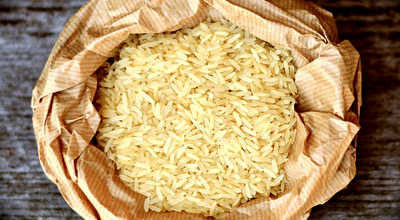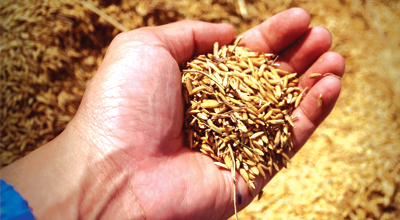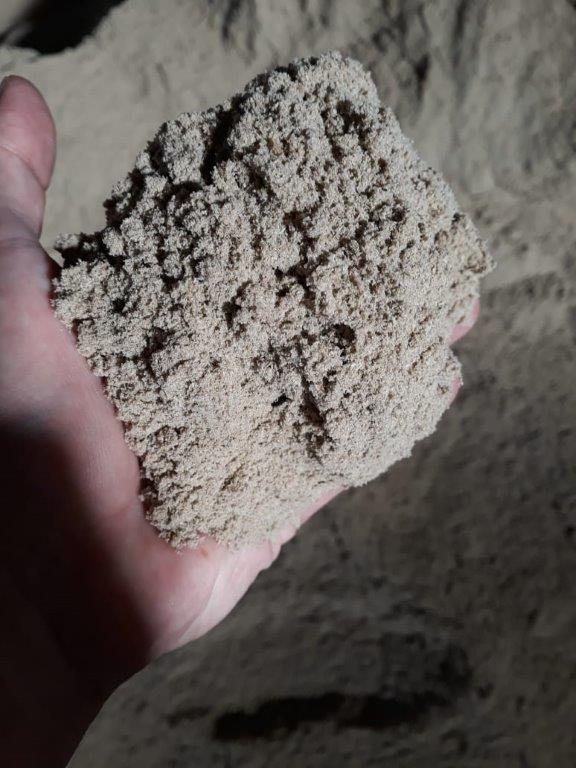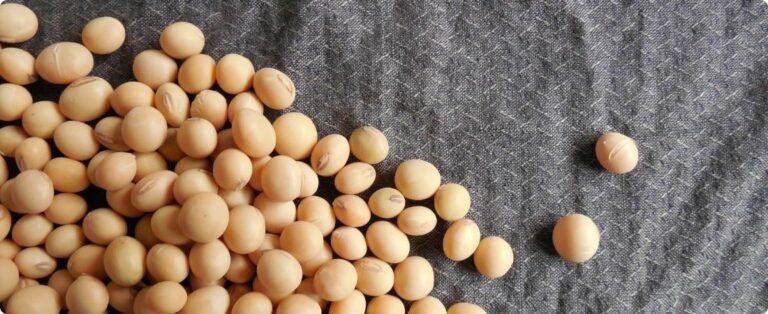Nowadays, people have stopped eating foods that are harmful to their health and started eating a healthier and more balanced diet.


However, heat is developed over a period of time, which causes enzymes to hydrolyze and, consequently, the oil produces acidity within a few hours. These fatty acids generate an acidic and arid taste.
With oxidation, the oil also acquires certain obsolete smells and flavors, as in these circumstances, it ends up losing valuable elements, such as antioxidants, vitamins, among others.
Dealing with older technologies, it is much more difficult to take advantage of this oil, and extracting it rice bran ends up having greater complexity, thus its refining becomes more expensive, due to its high acidity and high content of unsaponifiables, waxes and coloring, which is quite difficult to monitor.
Today, rice is grown on all five continents, with Asia leading the way in its production. Therefore, rice bran becomes intolerable for short-term animal feed, especially in regions with high humidity and temperature, such as tropical and subtropical regions.
This is due to the increase in fungi and proliferation of microorganisms, which can increase toxins, as it also has a high presence of % phytic acid and fibers that can impair the digestibility of the total nutritional composition of the diet.

“The animal nutrition market uses several raw materials, among which rice bran stands out, an input widely used in the formulation of feed for poultry, livestock, pig farming, fish farming, dogs and cats.
We can say that the benefits of rice bran are countless, but among them the excellent sources of protein and energetic, finding in a single product everything we are looking for in a complete feed for any desired application.
An interesting fact is that, according to our customers, 99% of rice bran consumption is sent to the animal sector, leaving 1% for other segments, such as being added to the mixture of other products, for soil decontamination, as well as for binding resins.”
The unit Feed Ingredients from Aboissa, has brokers specialized in the commercialization of bran and grains for animal nutrition.
Bibliography: Bangladesh Journal of Scientific and Industrial Research, Dhaka, vol. 33, no. 2, p. 170-177, 1998.















